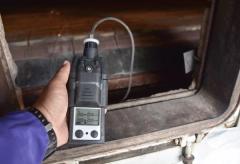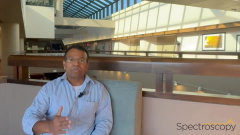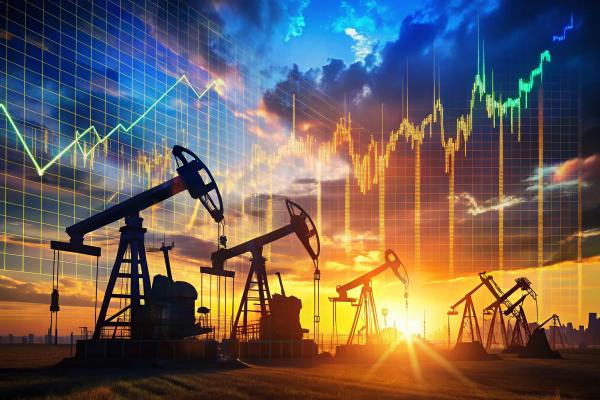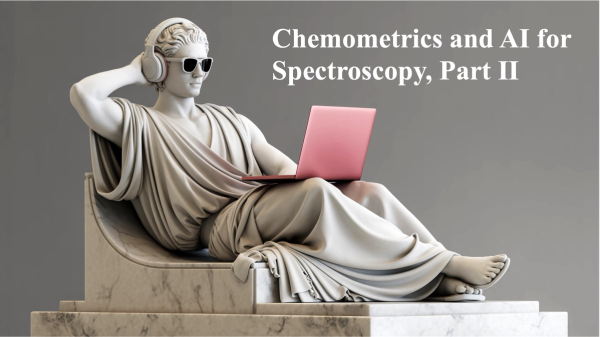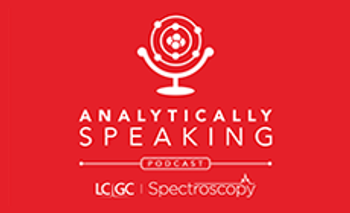
Spectroscopy
over 6 years ago
How to Choose the Correct Wavelength in ICP-OESLatest Content

Raman Spectroscopy Uncovers Microplastics in Pristine Alpine Lake Water
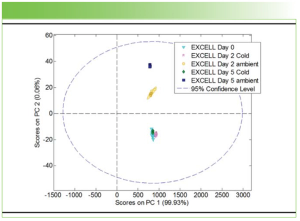
A-TEEM–A Fantastic Spectroscopy that Rivals Raman

FT-IR Spectroscopy Links Tourism Intensity to Microplastic Pollution in Island Waters

The Big Review VII: More Carbonyl Compounds

Spectroscopic Advances Propel LIBS to the Forefront of Forensic Bone Identification

Shorts


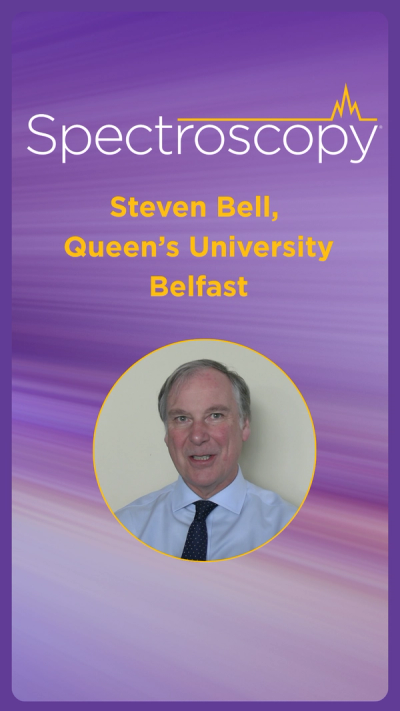


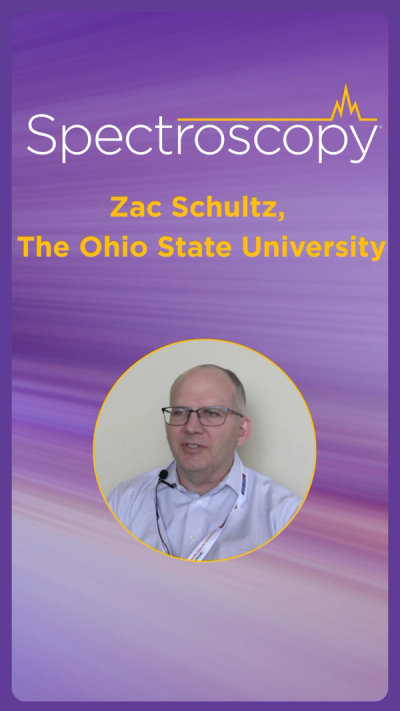




Podcasts
Videos
All Content

Spectroscopy is rapidly evolving, and professionals who build expertise in AI-driven analytics, automation, and high-demand sectors like pharma, biotech, and materials science will be best positioned to advance their careers despite industry-wide talent and budget challenges.

In 2025, the vibrational-spectroscopy community saw a convergence of deep learning, advanced simulation, and portable instrumentation that materially changed how spectra are interpreted and applied. Breakthroughs in spectrum-to-structure models, machine learning (ML)-accelerated molecular dynamics, and field-deployable classic Raman, near-infrared (NIR), and surface-enhanced Raman spectroscopy (SERS) sensors pushed vibrational techniques from complex laboratory characterization toward automated structure elucidation, rapid analysis, and real-world sample sensing (1–6,9). This summary article highlights key 2025 contributions and their implications for the year of discovery.

A recent study provides a detailed introduction to uniform manifold approximation and projection (UMAP) for analyzing LA-ICP-TOF-MS data. By converting high-dimensional MSI data into two-dimensional spaces, UMAP facilitates automated visualization to identify spectral clusters. Spectroscopy spoke to the paper’s lead author, Katharina Kronenberg of the University of Graz, about her group’s work.

A proposed update to United States Pharmacopoeia (USP) <1029> was published in July 2025 for industry comment. What’s changed and are the changes significant?

Top articles published this week include interviews with Paolo Oliveri of the University of Genoa (Italy) and Maryam Shakiba and Santiago Marin of the University of Colorado Boulder, and an inside look at vibrational spectroscopy trends.

Discover a cost-effective method for analyzing electrolyte elements in sports drinks using microwave plasma atomic emission spectroscopy, enhancing quality control and accuracy.

A new study from Heilongjiang Bayi Agricultural University introduces a high-accuracy, explainable deep learning model that significantly improves nondestructive nitrogen and chlorophyll estimation in maize canopies using hyperspectral data.

In this edition of “Inside the Laboratory,” Maryam Shakiba and Santiago Marin of the University of Colorado Boulder discuss the findings of their latest paper, which provides a predictive framework for understanding and forecasting long-term thermo-oxidative degradation in polyimides.

In this short feature, we highlight how the Sharjah Academy of Astronomy, Space Sciences, and Technology (SAASST) are using techniques such as XRF, XRD, SEM-EDS, and Raman tests to determine the mineral composition of meteorites.
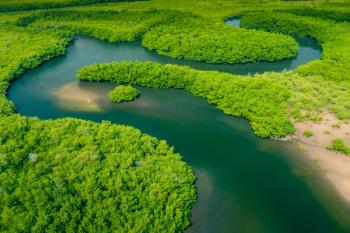
A recent study demonstrates that full-range spectroscopy offers a highly accurate, scalable, and efficient solution for identifying Amazonian tree species across diverse ecosystems.

Researchers at Beijing University of Chemical Technology have developed a rapid online Raman spectroscopy method that accelerates real-time detection and strain screening of the bio-aviation fuel precursor β-farnesene.

The study reveals that leaf spectroscopy far outperforms traditional leaf traits in predicting forest leaf dark respiration across diverse ecosystems, offering a more accurate and scalable approach for improving carbon cycle models.

Vibrational spectroscopy is undergoing a major transformation driven by advances in new AI and machine learning, portable instrumentation, nanofabrication, hyperspectral imaging, and robust chemometrics. These developments are enabling more sensitive measurements, field-deployable analysis, multimodal data fusion, and automated spectral interpretation suitable for real-world industrial and clinical use. As these technologies converge, the field is positioned for a renaissance that may redefine how spectroscopy is practiced by 2030.

We take a walk through history here, providing the historical background on a recent multidisciplinary study that investigated the Angels Musicians murals in Valencia Cathedral.
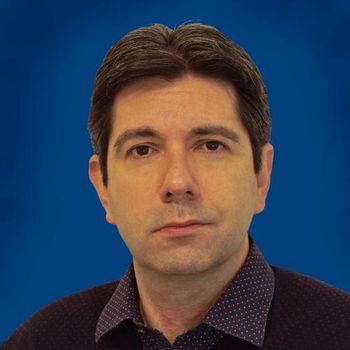
Paolo Oliveri of the University of Genoa (Italy) sat down with Spectroscopy to discuss the case for artificial intelligence’s (AI) increasing influence in chemistry, and maintained that the chemometrics field has long employed tools now labeled as AI and machine learning (ML).


